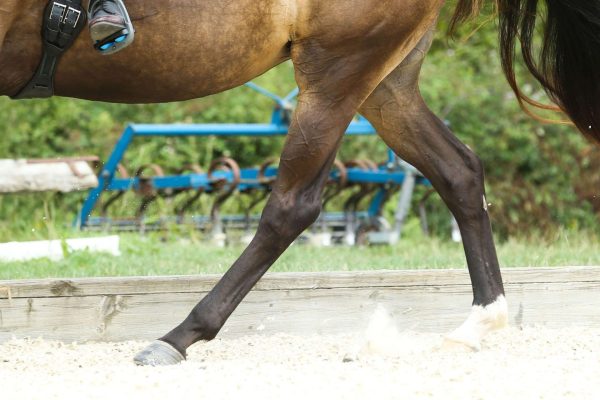Is Icing Horses’ Legs Harmful?

Whenever we use any kind of equipment or treatment on our horses, we should always consider whether it could do more harm than good. When we decide on a mud fever treatment for our horses, we think about whether it could actually make the mud fever worse. We should have the same approach to anything we do with our horses. This enables us to make decisions that are in their best interests. This blog article explores the question: “is icing horses’ legs harmful?”
Icing and the Inflammatory Response
There is controversy over the use of ICE in human medicine and sport. Furthermore, there are those in the equine industry that would also say icing horses’ legs could be detrimental. The main argument against icing horses’ legs is that you need an inflammatory response to help the healing process.
However, icing cannot and will not ever completely block the inflammatory response. It will only ever moderate it. Furthermore, there are many published peer-reviewed studies that prove reducing inflammation is beneficial in many circumstances. So, a degree of inflammation is clearly part of the repair process. However, limiting a severe inflammatory response is beneficial to limit the extent of the injury and not hamper rehabilitation.
Icing to Reduce Inflammation Post-Injury
There are so many times we have used Cryochaps equine ice boots in acute trauma for us riders: trapping your arm between the stable door and the horse, dislocating a knee, falling off and injuring ankles and hands. The list goes on!
Getting the ice and compressive element of Cryochaps onto an injury quickly really helps limit the swelling. This prevents wider damage to the tissues and decreases pain levels. When visiting A&E, the most common response from the medics is if you had not got Ice and compression on the injury you would be in a lot worse condition.
So, in horses there are a number of situations whereby limiting the inflammatory response could also be beneficial.
Icing for Laminitis and Lymphangitis in Horses
RICE could be used on the lower limbs of horses not only for an acute tendon or ligament injury, but also for inflammation caused by arthritis in the joints and feet. In diseases such as laminitis, icing has been proven to reduce the severity of inflammatory symptoms in early onset laminitis.
Lymphangitis, vasculitis, big leg disease, staph infection, or cellulitis. Whatever you call it, this recurrent bacterial infection and leg swelling affects many horses. The suffix, itis, means “inflammation” so lymphangitis is inflammation of the lymphatic system, vasculitis is inflammation of the blood vessels, or cellulitis is inflammation of subcutaneous connective tissue. All of which cause inflammation and the accompanying swelling in the lower leg.
Use Cryochaps Ice Boots for Horses to Target Pain and Swelling After Injury
To answer the question of whether icing horses legs is harmful, we argue that equine ice boots do not completely block the inflammatory response. Rather, they keep it to a level at which it is helpful to the horse’s recovery. So having the ability to apply Ice and compression with Cryochaps to any inflammation could indeed decrease the severity of the injury/disease, decrease pain, reduce rehab times and also be used in an every day routine in rehab to target the pain and swelling. Purchase our compression ice boots for horses here.
